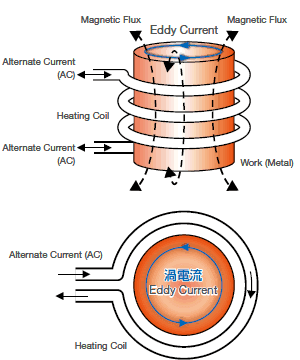Industrial Applications of Ultrasound
Industrial Applications of Ultrasound It is used to detect any defects present in metals. It is used to clean jewellery made out of precious metals. It is also used for echo sounding by ships and submarines in water bodies. Ultrasound is also used for valve bypass. It is also used for vacuum leak detections. Ultrasound is also used for leak surveys. It is used in compressed air leak management. It is also used for complex gearbox fault analysis. It is used in cavitation detection in pumps. Ultrasound is used in steam trap testing. It is also used for steam systems management. It is also used for tightness testing of non-pressurized volume. It is used in electrical systems inspection. It is used in heat exchanger (shell and tube) testing. It is also used to detect tank and pipe wall thickness. It is used in evaluating fluid flow. It is also used for slow-speed bearing monitoring and analysis. It is used in monitoring the condition of bearings. It is also used for the on-condition ...

